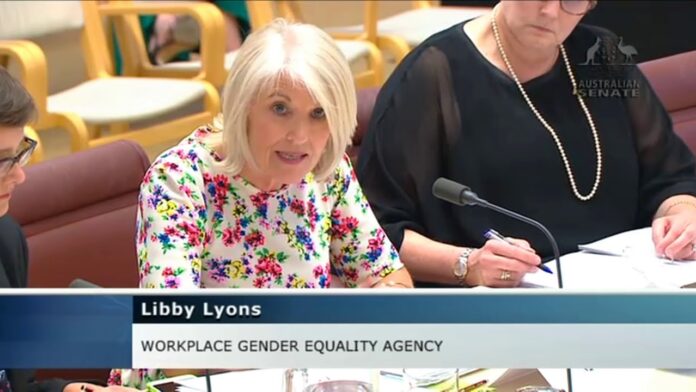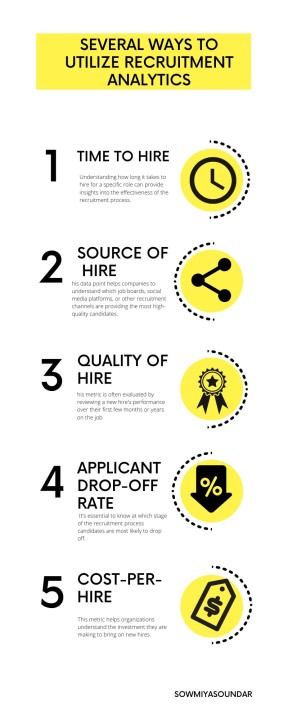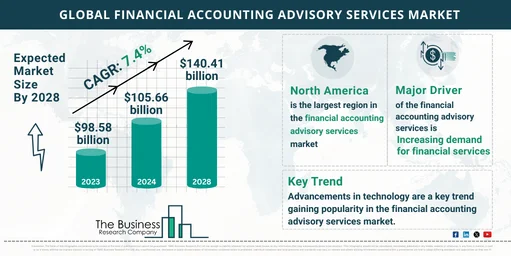Gender equality, the concept that all individuals should have equal rights and opportunities regardless of their gender, has been a cause for advocacy for centuries. Despite progress being made, there is still a persistent gap in many areas, particularly in the workplace. This gap highlights the need for continued advocacy and action to ensure that women’s rights are not only recognized but protected. In this article, we will take a deep dive into the history, current challenges, impact, and future of gender equality advocacy.
History of Gender Equality Advocacy
The fight for gender equality can be traced back to ancient civilizations, where women were often treated as property and had limited rights. However, it was in the late 19th and early 20th century that the modern women’s rights movement began to gain traction. This period saw the rise of important figures such as Susan B. Anthony and Elizabeth Cady Stanton in the United States, who fought for women’s suffrage and other basic rights.
In the following decades, women’s rights movements continued to grow and evolve, with significant milestones being achieved, such as the right to vote and access to education and employment opportunities. The United Nations also played a crucial role in advancing women’s rights, establishing the Commission on the Status of Women in 1946 and adopting the Convention on the Elimination of All Forms of Discrimination against Women (CEDAW) in 1979.
Current Issues and Challenges

Despite progress being made in the past hundred years, women still face numerous obstacles in achieving gender equality. One of the most significant challenges is the persistence of the gender pay gap, which continues to hinder women’s economic empowerment and opportunities. According to data from the World Economic Forum, at the current rate, it will take an estimated 257 years to close the global gender pay gap completely.
But the gender pay gap is just one of many issues that women face. Other challenges include unequal access to education and healthcare, limited political representation, and discrimination and violence based on their gender. Furthermore, the COVID-19 pandemic has further worsened these inequalities, with women bearing the brunt of the economic and social impacts.
Impact of Gender Equality Advocacy

The impact of gender equality advocacy is far-reaching, not just for women but for society as a whole. Studies have shown that when women are given the same opportunities as men, economies grow, poverty decreases, and communities thrive. In addition, promoting gender equality is essential for achieving the United Nations’ Sustainable Development Goals (SDGs), particularly SDG 5, which aims to achieve gender equality and empower all women and girls.
Furthermore, gender equality advocacy has helped bring about changes in laws and policies, providing legal protection for women’s rights and promoting equality in various aspects of life. It has also led to increased awareness and discussion around gender-related issues, dismantling harmful stereotypes and promoting inclusivity.
Successful Initiatives and Campaigns
Over the years, numerous initiatives and campaigns have emerged to promote gender equality and protect women’s rights. One such initiative is HeForShe, launched by UN Women in 2014, which calls on men and boys to join the fight for gender equality. The campaign has received support from high-profile figures, including former UN Secretary-General Ban Ki-moon and actor Emma Watson.
In addition, grassroots organizations and community-based efforts have played a crucial role in advancing women’s rights. For example, Girls Who Code, a non-profit organization that aims to close the gender gap in technology, has reached over 300,000 girls worldwide, providing them with coding education and resources to pursue careers in tech.
Future of Gender Equality Advocacy
While significant progress has been made in advocating for gender equality, there is still a long way to go. The future of gender equality advocacy requires a multi-faceted approach, including policy changes, education and awareness, and the involvement of all individuals, regardless of their gender. It also involves addressing intersectionality and recognizing that not all women face the same challenges and barriers.
Furthermore, technology and social media provide powerful tools for amplifying voices and promoting change. Increasingly, online campaigns and hashtags are driving conversations around women’s rights and holding institutions accountable for their actions. As we move towards a more digital world, it is crucial to utilize these platforms to further advance gender equality advocacy.
Conclusion
Gender equality advocacy has come a long way, but there is still work to be done. By understanding the history, current issues and challenges, impact, and future of this movement, we can continue to fight for women’s rights and create a more equal society. We must also recognize that gender equality is not just an issue for women, but a fundamental human right that benefits everyone. Let us









